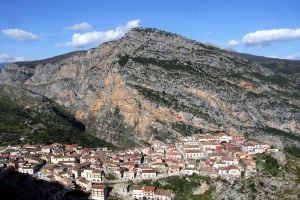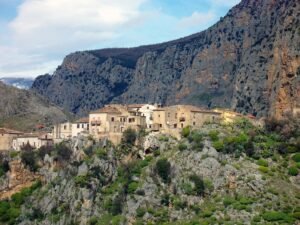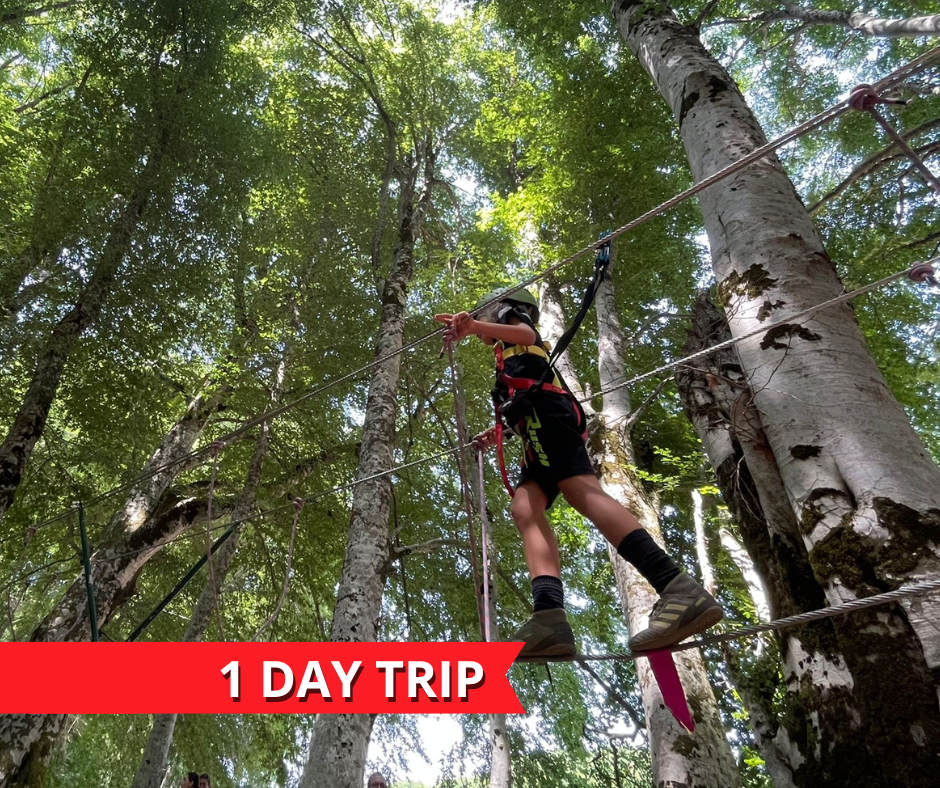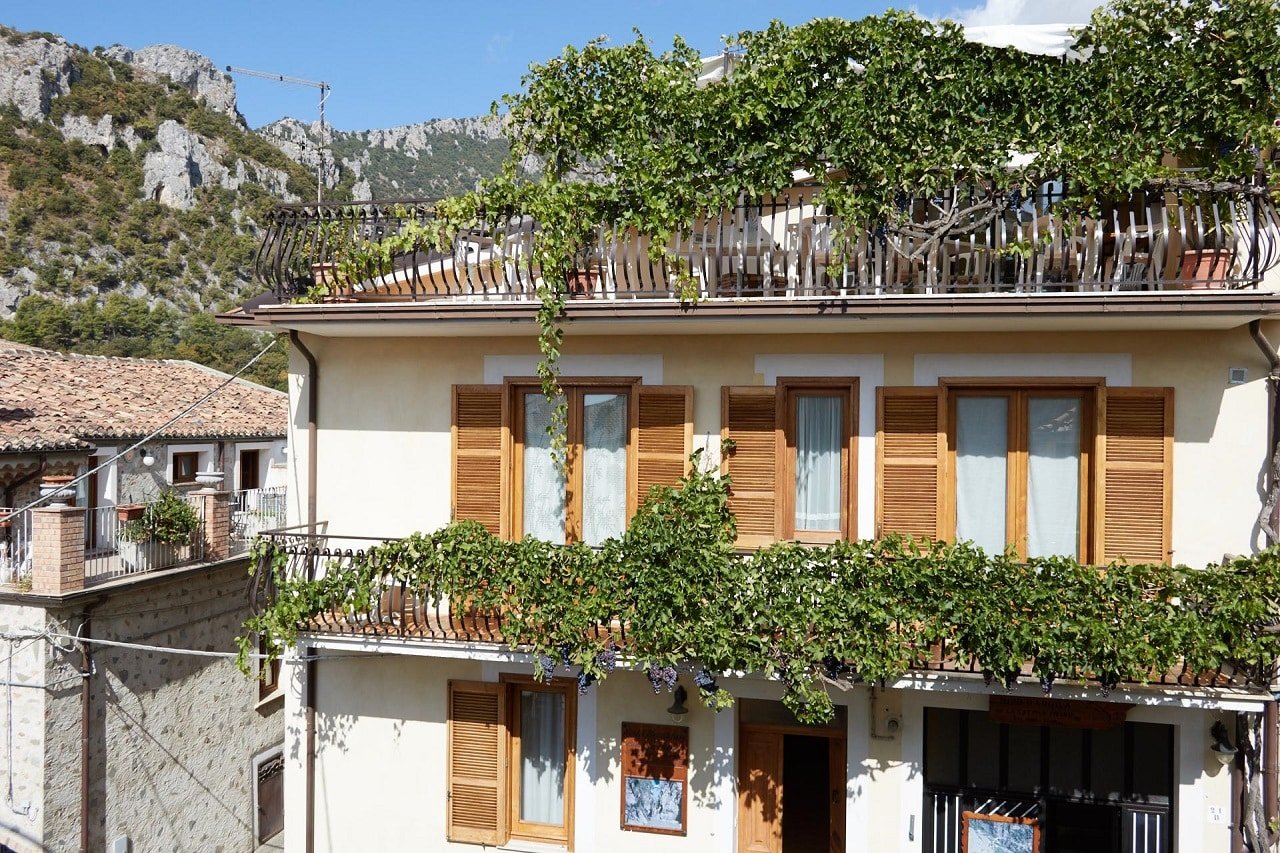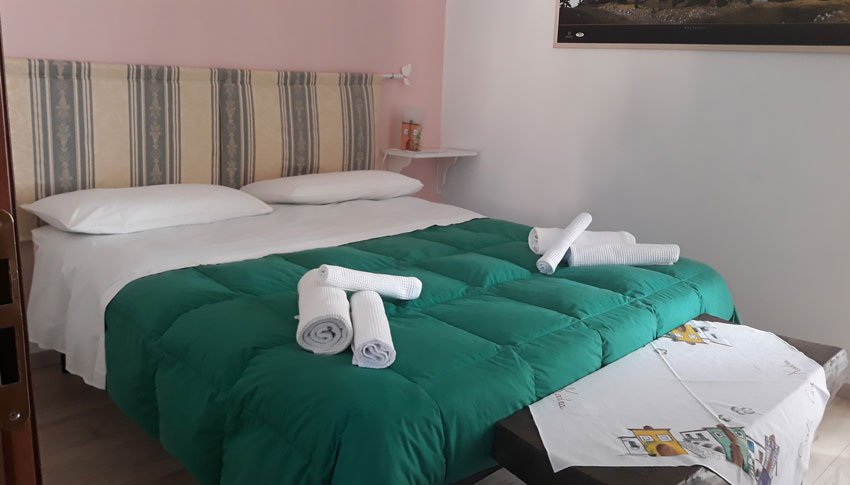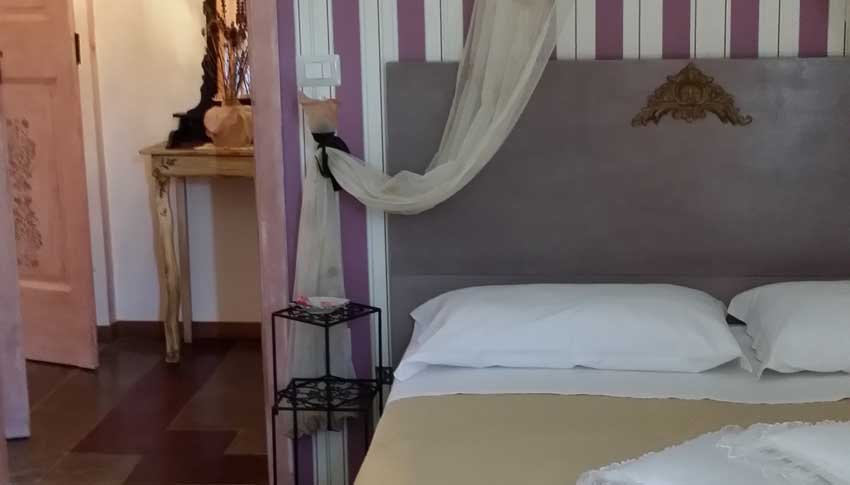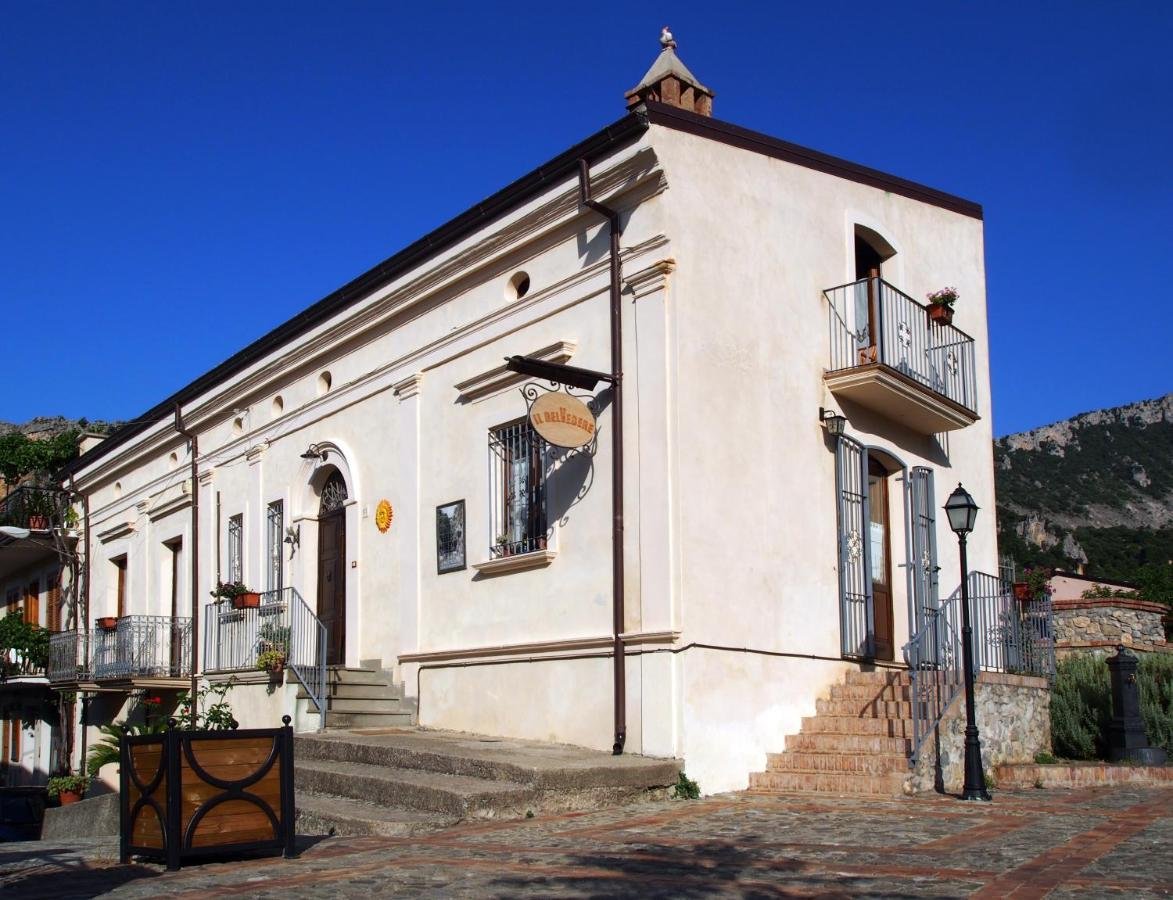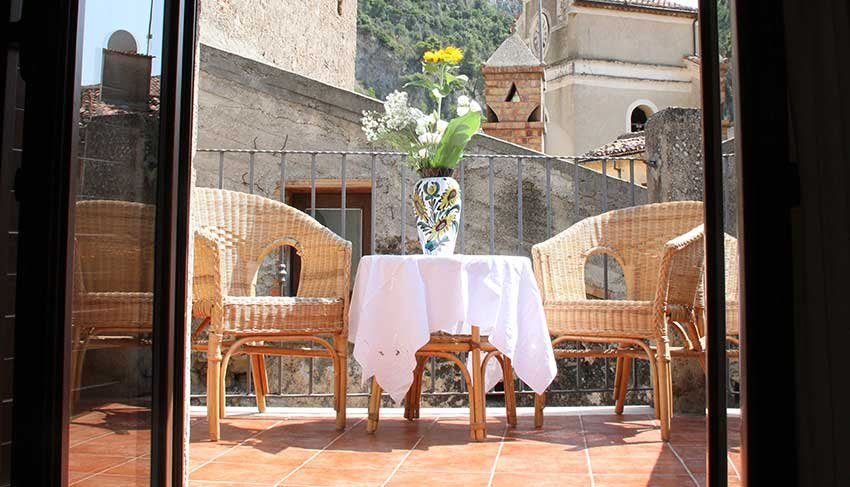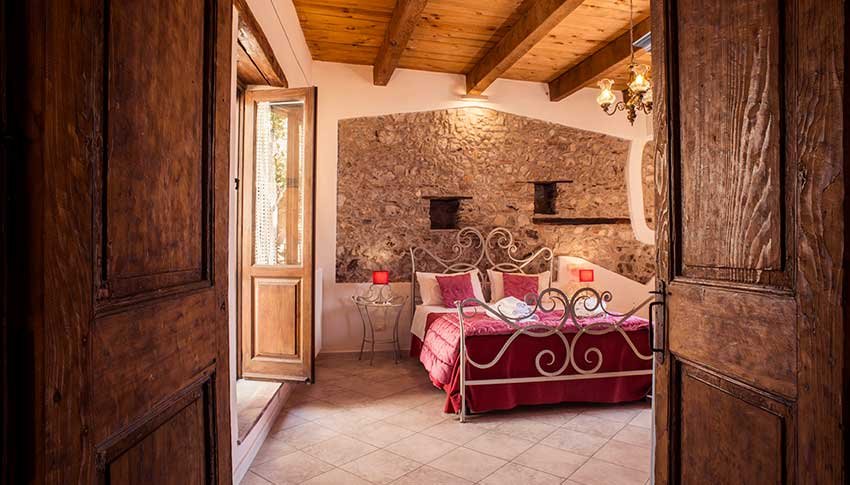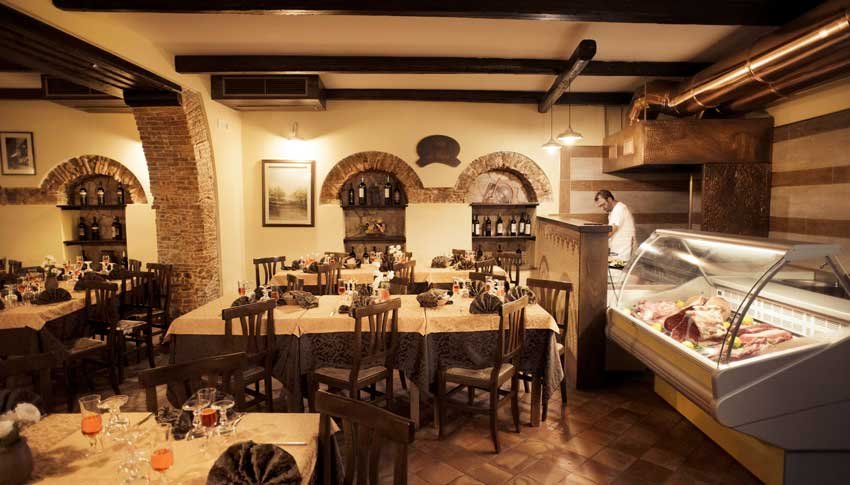Civita (CS), one of the most beautiful villages in Italy and deserving of the 'orange flag' recognition, is a characteristic municipality in the province of Cosenza that still preserves the ancient testimonies of the arbëreshë (i.e. Albanian-Byzantine) culture belonging to the historic Byzantine communities that arrived in the Calabrian hinterland to find refuge from the Turkish invasions between the 15th and 18th centuries. The meaning of the name of this small village is lost between history and suggestion: some claim that the word 'Civita' derives from 'çifti', which in the Albanian language means 'couple' (in reference to the couple of its main districts Sant'Antonio and Magazeno) others, instead, believe it derives from the Latin civitas (city), while others still have no doubts: the name of the city would derive from 'qifti', meaning 'eagle', a perfect name for a very ancient centre built on high rocks, nestled in the wild Raganello reserve, looking out over the Ionian Sea like an eagle in flight.
Civita

The village of Civita, located 450 metres above sea level, is a stone jewel that fits perfectly between the heights of the Pollino National Park mountains (of which it is a part) and the Raganello Gorge Nature Reserve (a protected area furrowed by canyons and natural caves). Its history is ancient and fascinating and getting to know it will allow you to enjoy your stay and grasp all its nuances. The foundation of Civita (like that of other Calabrian centres) dates back to between 1467 and 1471 by an Albanian community fleeing their land, invaded by the Turks. Over time, the town has experienced alternating fortunes: after its foundation, it passed to the princes of San Severino and Bisignano, but they were arrested during the barons' conspiracy against King Ferrante of Aragon and the town was once again returned to the Arbëreshë community. In 1610, Civita was sold to a private individual (Tiberio d'Urso) and was later integrated into the Duchy of Serra di Cassano. Only in 1811 did it obtain its autonomous possessions. Today, the peculiar conformation of its territory has earned it the nickname of 'town of the rocks': the valley in which it stands is in fact surrounded by mountains and high cliffs that create a very special naturalistic scenery. Precisely because of its position and location, Civita has undergone various human interventions over the centuries that have marked its morphology, still visible today, and that are now one with the surrounding landscape: one of the points of interest not to be missed, in this sense, is the mule track carved into the rock of the imposing Timpa del Demanio peak. The mule track traces an evocative path through the mountain and leads to the famous Devil's Bridge. According to legend, this bridge was built by the devil in a single night, as a result of a bet made with a local inhabitant in exchange for the soul of the first person to cross the bridge. With a stratagem, the man made a goat cross the newly constructed bridge and the devil, having recognised the cheat, disappeared, leaving behind a cloud of smoke.
For its history, geographical location and cultural traditions, Civita is a stop not to be missed. This evocative village is one of the most beautiful in Italy, so much so that it has also earned the Orange Flag recognition, and it reserves many experiences to be lived and deserves an in-depth visit. Let us begin with one of its most suggestive aspects, the naturalistic one. Not far from the small town, nature will welcome you, majestic and wild, in an uncontaminated area where you can undertake panoramic excursions, looking towards the Raganello gorges: from Civita, in fact, paths lead to unique places such as the Fagosa (the largest beech forest in the Pollino area) and the Fontana del Principe (so called because it quenched the thirst of the retinue of Prince Spinelli di Cariati, when he travelled through these areas). Discovering and getting to know the Arbëreshë culture at first hand will be an experience not to be missed for travellers arriving in Civita. For this reason, we recommend a stop at the Arbëreshë Ethnic Museum, where costumes and typical objects of a culture that still resists proudly and with a wealth of values are on display, and a visit to the Church of Santa Maria Assunta, where the Byzantine rite is celebrated, as can be seen from the architecture and decorative style (the high balustrade of the iconostasis is remarkable). But what you absolutely must do in Civita is indulge in a slow and careful walk through its narrow streets and small squares overlooked by the extravagant and picturesque 'Kodra houses' or 'talking houses'. These are small dwellings built at the turn of the 17th and 20th centuries resembling the faces of bizarre anthropomorphic figures, equipped with chimney pots in different and very unusual shapes. They are named after the Albanian neo-Cubist painter Ibrahim Kodra, whose style they somewhat resemble. The main lanes and alleyways that converge into them also have a story to tell: these groups of houses and alleyways give rise to a structure that goes by the name of gjitonia, or 'neighbourhood', indicating more than a physical place, a collective dimension, in which the locals can come together and be together. This shows how the local culture is extremely friendly and hospitable and experiencing these values will be among the most authentic experiences you can have in Civita.
Civita's cuisine could jokingly, but with good reason, be described as 'fusion' because it combines traditional Albanian elements with absolutely Calabrian food and flavours. In Civita, from appetiser to dessert, you will find the echo of a distant history. A great way to start a meal, and a great idea for a culinary souvenir to take home, are preserves. In this land, preserving vegetables, vegetables and meat in oil or vinegar is an art that has been handed down for generations, and among the many preserves you can enjoy, don't forget to try the black olives, which are also tasty when dried and crushed. The typical first courses still preserve the secrets of the housewives of yesteryear and are all based on handmade pasta: fusilli with kid or lamb sauce and fettuccine topped with salt cod and breadcrumbs, or simply cooked in salted milk, an unusual but no less tasty preparation. In main courses, on the other hand, the flavours of the earth triumph: there are several vegetable-based soups with which to warm up in winter. Of them all, one of the most traditional is bean, chicory and sausage soup, followed by salt cod soup. In the province of Cosenza, salt cod is a food eaten in many variations: the one that sees it in sauce and accompanied by the famous dried peppers is not to be missed. Lovers of authentic and genuine flavours will not be able to do without the soffritto (lamb or kid offal), which traditionally is cooked with peppers, bay leaves and lots and lots of hot chilli peppers. During Easter, one of the typical dishes is capretto alla civitese: cooked in a copper pot or pan with cherry tomatoes, chillies, spices and herbs, it is a cornerstone of both gastronomy and local culture. The desserts are typical of Arbëreshë cuisine: figs stuffed with almonds, walnuts and lemon peel are still prepared artisanally according to the times and methods of yesteryear, and the same can be said of Krustul, made with a soft, sweet dough made with flour, muscat wine and cinnamon in the shape of a dumpling, perfect when dipped in Pollino honey and covered with citron peel. But the desserts don't end there: fried doughnuts and sesame nougat are always linked to Albanian culture and, at Christmas time, 'scalette' (small ladders) make their appearance, a fried pastry cake typical of the Cosenza area, vaguely resembling a small ladder in shape and symbolising a new starting point. In Civita, gastronomy is therefore an interweaving of cultures and peoples, which finds its maximum expression in dishes that can only be enjoyed in this precise geographical area and nowhere else in the world.
The events in Civita are deeply linked to the religion and culture of the Arbëreshë people, who still preserve not only their values but also their colourful customs. Taking part in these events, therefore, means fully immersing oneself in the traditions and culture of a people, discovering new stories and popular customs. In the village of Civita, the most characteristic events are two: 'Le Valljie' and 'I Kaminezit e Maj'. Le Valljie (the name derives from an ancient folk dance) are held on the first Tuesday after Easter and celebrate, with costumed songs and dances, the historic victory of the Albanian leader Giorgio Castriota Skanderbeg, who defeated the Turkish armies on the very first Tuesday after Easter. The dances (the dance performed on this occasion is the ridda) also include a simulation of this battle, and the whole population takes part in the event with pride and joy. The Kaminezit and Maj, on the other hand, are bonfires with mastic wood that light up various spots in the village on the first days of May. The origin of this ancient custom is difficult to trace: some say it is a tribute to the leader Skanderbeg and his smoke signals during battles with the Turks, while others say it is a reminder of when the Albanians arrived in Calabria and burned mastic trees so they could cultivate their fields. Once again, the whole village gathers amidst popular dances and songs, eating traditional dishes in a joyful and solemn atmosphere. Another event that takes place in the wake of tradition is the Albanian Ferragosto: alongside the religious celebrations, popular games are held in honour of the Madonna Assunta. The events of Civita, in which the entire town is called upon to participate, are not only a festive occasion, but also a way for the community to keep the fire of its origins alive.
